10 Visual Storytelling Techniques for Documentary Filmmakers
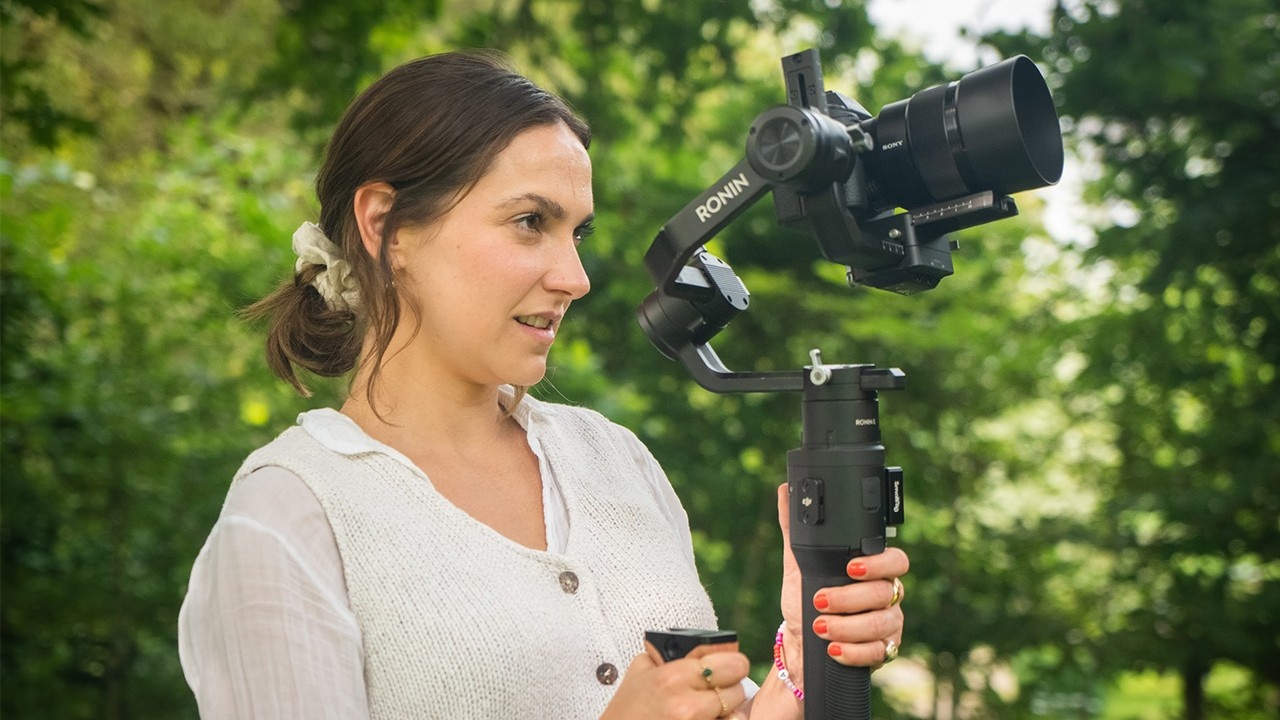
As a documentary filmmaker, your job isn’t just to tell a story. It’s to show it. And the way you show it, through your camera agnles, your pacing in the edit, your visual choices, is what makes your film feel real, emotional, and cinematic. In this blog, I’ll share 10 powerful documentary visual storytelling techniques you can use to make your film more engaging. These go beyond just pointing a camera at your subject. They help you move from telling the audience what to feel, to letting them feel it for themselves.
What is Visual Storytelling?
Visual storytelling is the use of imagery, video, graphics, photos, text, composition, to communicate ideas, emotion, and meaning. In documentaries, it means using what you show on screen to carry the narrative, not just relying on interviews or voiceover.
We connect with stories visually because humans process images faster than words. When done well, visual storytelling immerses your audience without needing to explain everything.
Watch: How to Create Cinematic Documentaries
Here’s a short video where I share 7 of the most powerful visual storytelling techniques I use in my documentaries:
10 Documentary Visual Storytelling Techniques
These 10 techniques are the building blocks of visual storytelling in documentary filmmaking. You don't need to use all of them, but knowing how each one works can give you the tools to shape scenes visually and emotionally.
1. B-Roll Footage
B-roll adds emotion, texture, and flexibility in the edit. It’s what you cut away to during interviews or narration, hands moving, a subject walking, the environment around them. Good B-roll shows rather than tells.
In my short documentary The Camera Man, B-roll of Richard Greatrex shooting or reflecting supports his interview and deepens the viewer’s connection.

2. Stock Footage
Stock footage fills visual gaps and can be incredibly powerful when used well. If you don’t have access to specific locations or visuals, platforms like ArtGrid or Film Supply can help.
In One Strange Rock, sweeping cityscapes, space footage, and aerials enhance the narrative, even though they weren’t shot specifically for the film.
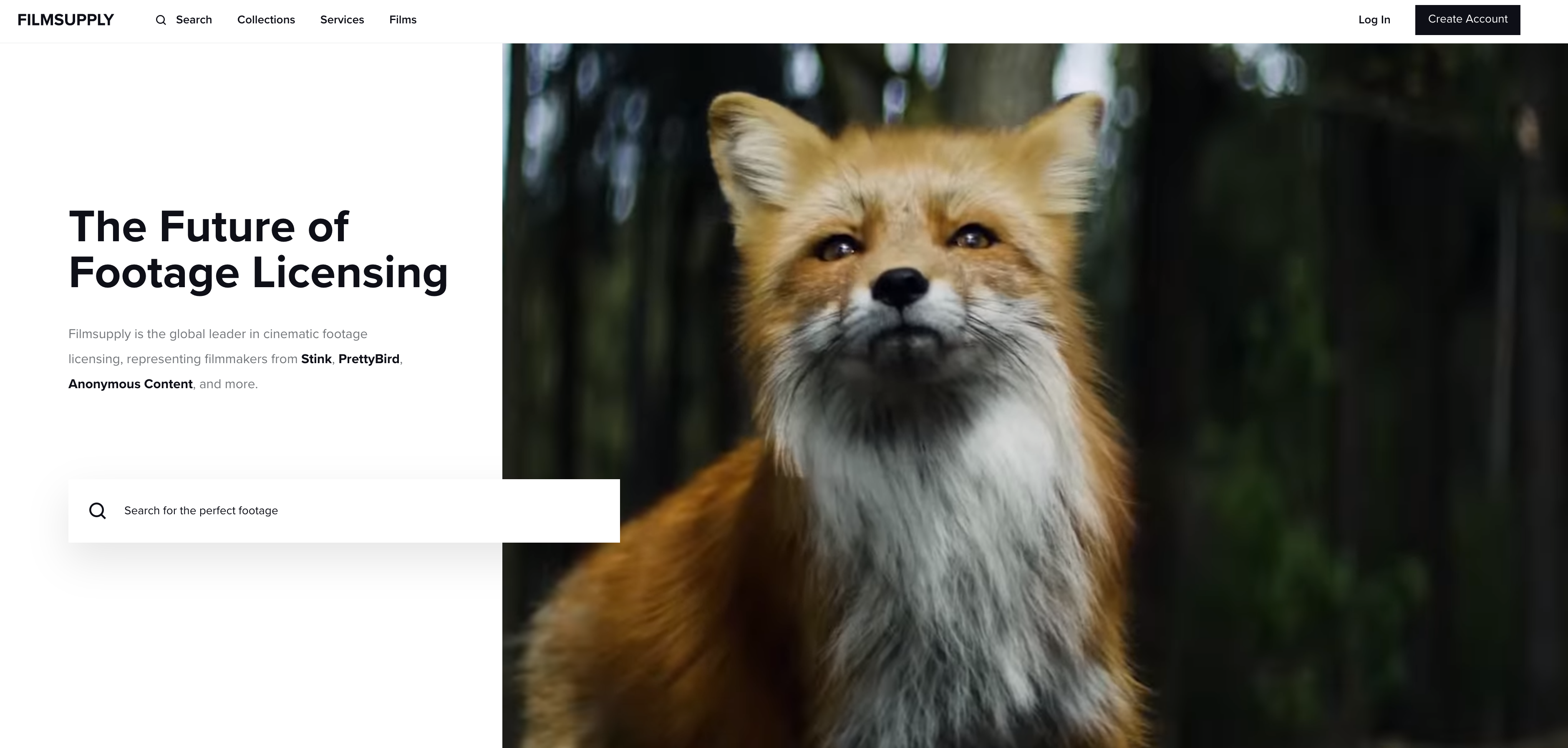
3. Crowd-Sourced Footage and Photos
Asking your audience to send in clips can create a raw, authentic feel. The feature documentary Life in a Day is a prime example: real people, real stories, filmed globally in a single day.
This technique works especially well if you have an existing community that supports your vision.
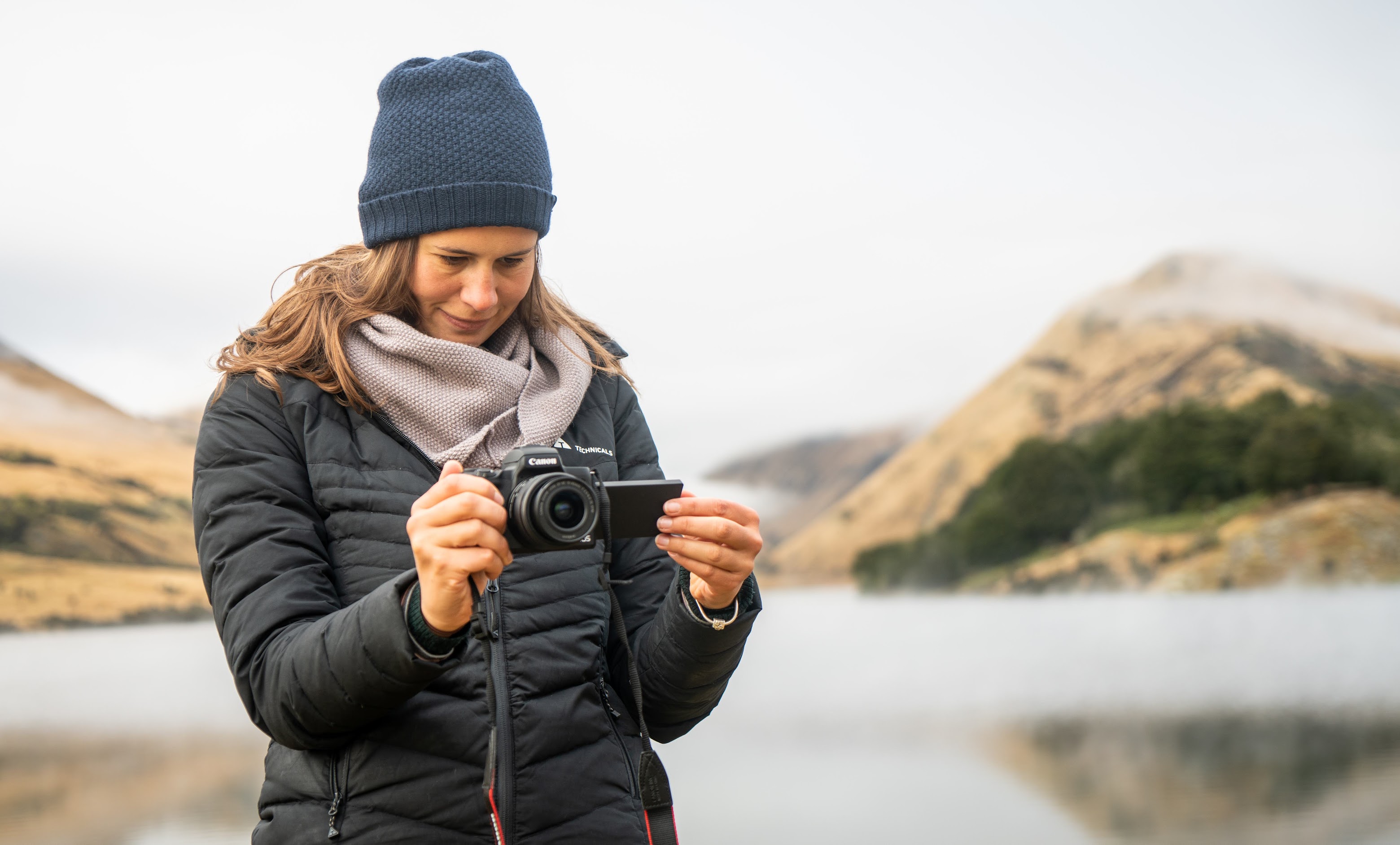
4. Archive Footage
Archival material connects past events with the present. Home videos, news footage, or vlogs can all become part of your narrative.
Amy uses rough handheld clips to build an intimate portrait of Amy Winehouse. They Shall Not Grow Old colourised WWI footage to create something emotionally immediate.
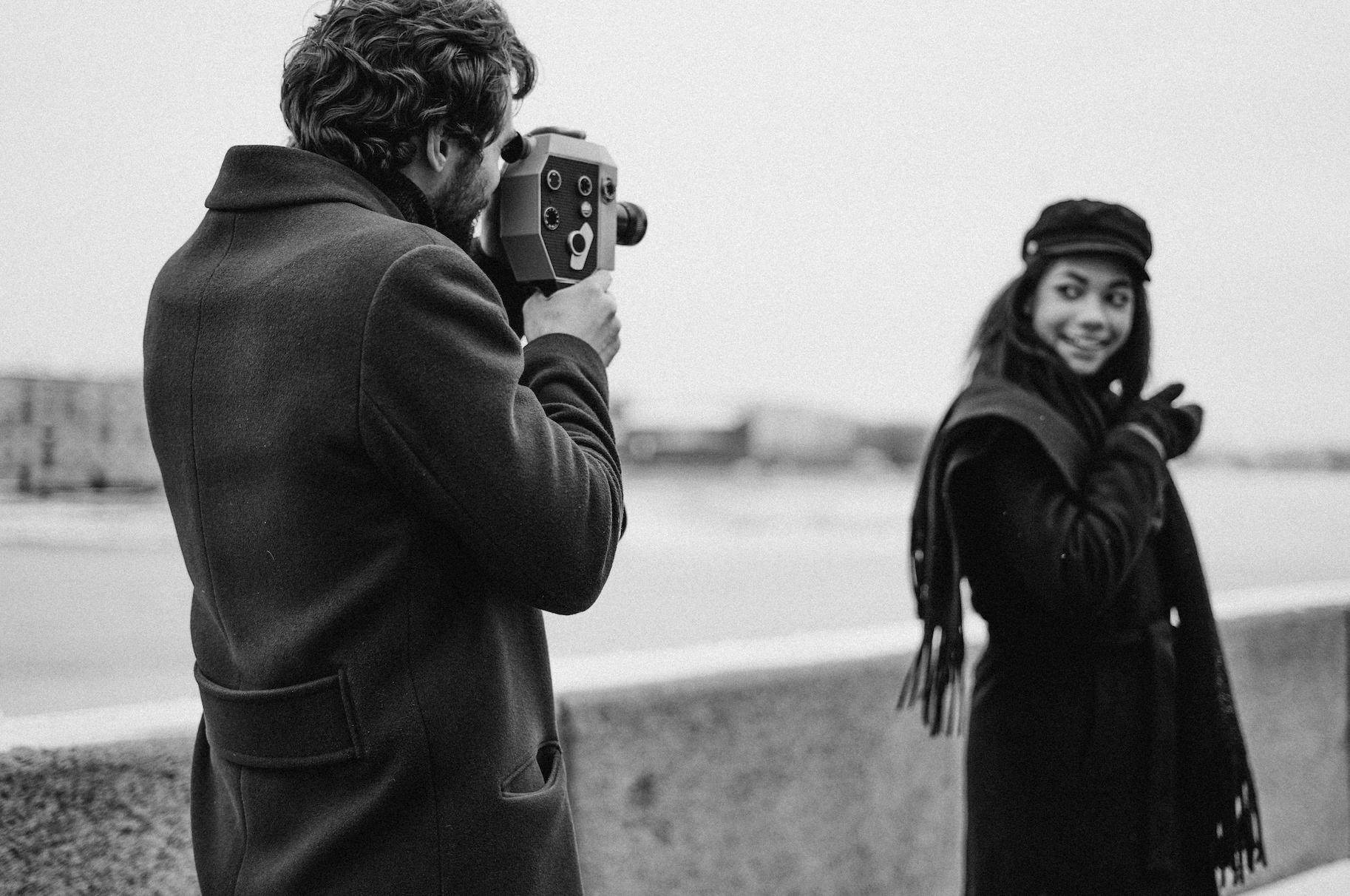
5. Photos
Still images are powerful, especially when you don’t have video of an event. Ken Burns built an entire style around this: slow pans, zooms, sound design.
In The Vietnam War, photos feel alive, not static. Use movement and audio to make stills emotionally effective.
6. Drawings and Graphics
Hand-drawn illustrations or stylised graphics can show what can’t be filmed. Whether it’s a historical moment or an internal experience, visuals help convey abstract or inaccessible content.
Take Your Pills uses cut-out-style graphics to explain complex ideas while keeping the viewer visually engaged.

7. Animation
Animations bring drawings and diagrams to life. They work especially well for historical sequences, metaphorical ideas, or stylised transitions.
You don’t need Pixar-level animation. Simple motion design in After Effects can elevate a sequence with just a few key movements.
8. Text on Screen
Use text to reinforce key facts: names, locations, context, outcomes. But avoid over-explaining.
In Period. End of Sentence., character names appear through text. In Zion, a text update at the end shows the subject’s success post-filming. Both add clarity and finality.
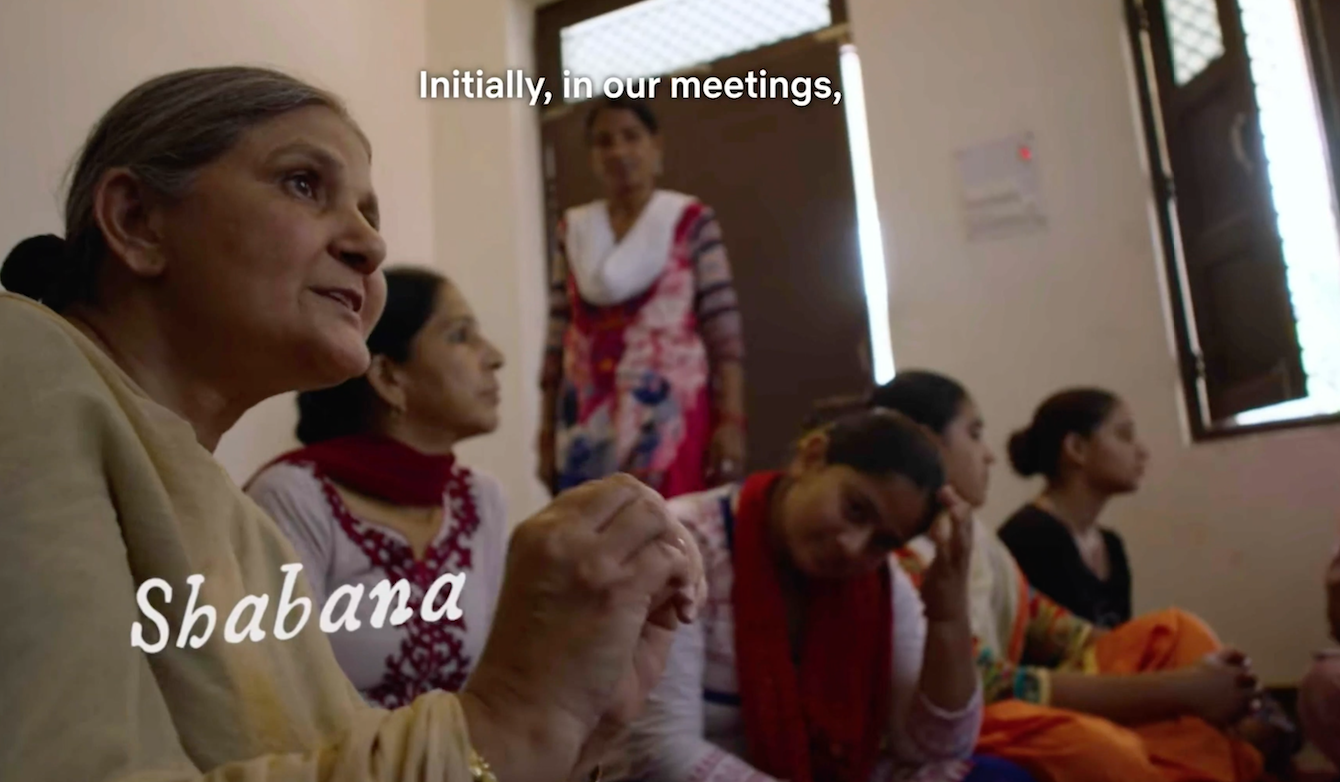
9. Hidden Cameras
For investigative documentaries, hidden cameras can reveal powerful truths that wouldn’t otherwise be seen.
In The Cove, hidden cameras expose brutal dolphin hunts. Quality is often low, but authenticity and story value are high. Just be aware of legal and ethical risks.

10. Recreations
Recreations use actors or subjects themselves to restage events. This moves into docudrama territory, but when done well, it can create emotional and narrative impact.
Touching the Void and Wormwood both use recreations to visualise moments that weren’t captured on film. They blend truth with dramatic clarity.

Free Visual Storytelling Workbook
Want help deciding which of these techniques suits your film? Download my free workbook to help plan your visual approach.
👉 Get the Visual Storytelling Workbook
Final Thoughts
The best documentary visual storytelling techniques support the story, not distract from it. Use them intentionally. Experiment, reflect, and adapt based on what your film needs.
Don’t rely on words alone. Trust the image. When you get it right, you won’t need to tell the audience what to feel, they’ll feel it.


















